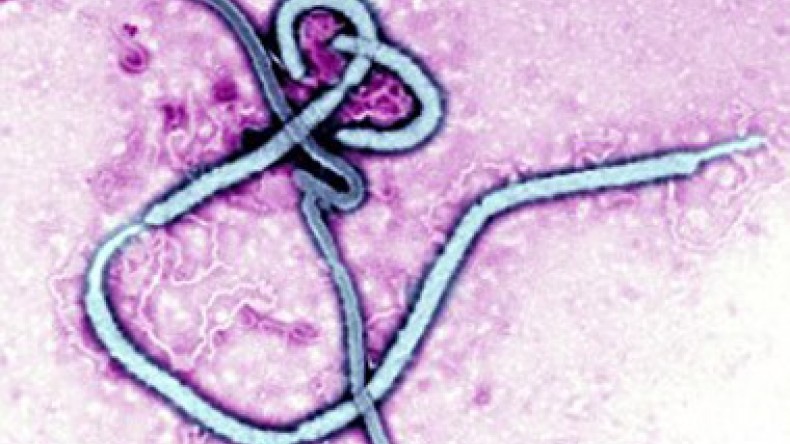
Experts: It is very likely that Ebola virus will spread through airborne particles
It is a debate that has been raging since the Ebola epidemic reached crisis point last year.
Will the vicious disease, which has killed more than 9,300 people, mutate to become an airborne virus potentially making it infinitely more deadly?
Health experts have firmly proclaimed Ebola viruses are not airborne and can only be transmitted through direct contact with infected bodily fluids.
But an international team of scientists have now thrown that assertion into doubt, the Daily Mail reports.
In an opinion piece published in mBio, the journal of the American Society for Microbiology, the team make their case.
They reviewed past studies examining past outbreaks of Ebola within human populations, as well as animal studies.
Their aim? To establish what is known and what is not known about how the virus spreads.
And their findings conclude, that while current knowledge is nowhere near complete, airborne infectious Ebola particles are likely to play some role in transmission.
'It is very likely that at least some degree of Ebola virus transmission currently occurs via infectious aerosols generated from the gastrointestinal tract, the respiratory tract, or medical procedures, although this has been difficult to definitively demonstrate or rule out, since those exposed to infectious aerosols also are most likely to be in close proximity to and in direct contact with an infected case,' they wrote.
They go on to suggest that Ebola viruses do have the potential to evolve in the future into airborne pathogens, 'particularly if extensive ongoing human transmission results in selective virus evolution'.
But Professor Jonathan Ball, a virologist at the University of Reading told MailOnline Ebola remains a blood borne infection and as a result is very unlikely to spread through airborne particles.
He said he has 'absolutely no issue at all' that if you were to generate some droplets contaminated with Ebola, they could be a potential source of infection, because of the route the virus takes via mucus membranes.
But, he cautioned, it is a 'leap of faith' to suggest the virus can therefore be transmitted via an airborne route.
'The reality is that this virus ends up in the blood stream, that's where most replication happens,' Professor Ball told MailOnline. 'It is a blood borne virus, therefore it is difficult to say how the virus could set up the lung associated infections which would generate the symptoms associated with respiratory transmission, through sneezes and coughs.
'The bottom line is if you say airborne to the general public they start to immediately think the virus could be spread through someone coughing.
'The reality is there is no evidence it is changing the way it behaves.'
Newsfeed
Videos






























